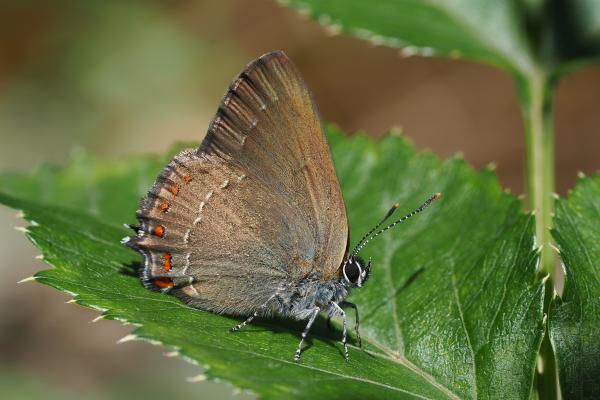
Around 4 out of 5 wild flowers and crops need animal pollination, at least to some extent. Our food and health depend on it. The direct contribution of pollinators to the EU agriculture is estimated to be between €5 and 15 billion.
During the past decades, pollinators have declined in occurrence and diversity in the EU.
Many of Europe’s wild pollinators are under threat due to unsustainable use of land, intensive agricultural management and pesticides, invasive alien species, environmental pollution, and climate change.
All around Europe people are making efforts to reverse the dramatic decline of pollinators. We all need to work together to tackle this challenge effectively. This platform aims to facilitate information sharing – on the problem and what is being done across the EU to solve it – and collaboration between the key actors.
Whether you are a citizen, scientist, a member of a non-governmental organization, farmer, forester, beekeeper, business, or a representative of public authorities, this site will help you to find useful information and contacts.

The European Red List is a review of the status of European species according to the IUCN regional Red Listing guidelines.

The EU Pollinator Monitoring Scheme, EMBAL, LUCAS grassland module, and Insignia will collectively track pollinator populations, assess pollinator-friendly agricultural landscapes, monitor critical grassland habitats, and measure environmental pollution using honeybees.

There are already important actions taking place across Europe, with the support of EU funding and EU policies in order to tackle the crisis facing pollinating insects.
